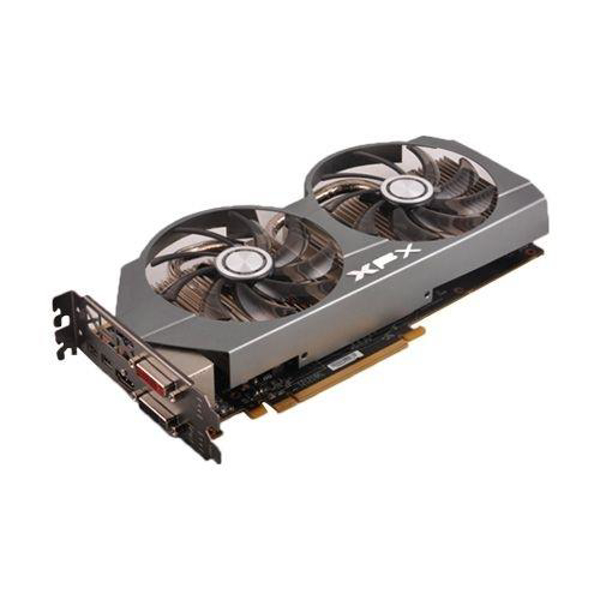

#AMD RADEON HD 7800 SERIES SERIES#
Read also Best Laptop Graphics Card For Gaming Radeon HD 7700 Series Graphics Acceleratorsīased on the 77xx series, many models from various manufacturers have been released. Accelerators from Gigabyte were the most diverse. They were produced both in the reference configuration and with slightly overclocked chip and memory frequencies. The card is fully compatible with the DirectX-11 API and partially compatible with DirectX-12.įor comparison with NVidia, it can be noted that its “analog 7770 in the middle segment”, namely the GTX750 card, which has similar characteristics (512 scalar processors and performanceįP32 at 1.044 TFlops), they were able to do it only in February 2014, that is, two years later than AMD. This means that AMD had no competitors in this price segment for two years.Īttention! When evaluating the performance of cards from AMD and NVidia, keep in mind that AMD universal shader processors are not the same as NVidia scalar processors (the so-called CUDA). On average, UWB performance is 20% less than CUDA. The theoretical performance in FP32 is about 1.28 TFlops, which is quite good for a card approaching 7 years old. The peak fill rate is 16 GPix / s or 40 GTex / s. With these parameters, the memory bandwidth is about 72 GB / s.

This video card is based on the Capo Verde XT chip containing 1.5 billion transistors. The crystal area is 123 sq. mm. The card uses 1GB GDDR5 memory clocked at 1125 MHz (4500 MHz effective). The width of the data bus is 128 bits. Until now, 7770 cards can be found on sale, mainly in the secondary market. However, taking into account the fact that there are also new ones, we can conclude that the model turned out to be quite “tenacious”, despite the age of seven (the date of the map was released on ). The Radeon HD 7770 was arguably the most popular in the entire 77xx line, as it combined sufficient performance at an affordable price. At the time of release, the price for one shader (UWB) was about $ 0.19 and was the lowest in the entire 77xx series. There were also minor differences in the series. So the chip frequencies in the 30th and 50th models were artificially lowered to 800 MHz (instead of 1000 MHz in the 70th and 90th models). In addition, 7790-based cards had 33% faster memory (1500 MHz instead of 1125 MHz).įor the rest of the characteristics, the adapters under consideration were absolutely identical. So the 7700 series video adapters had the following core configurations: The main contribution to performance is made by UWB.
#AMD RADEON HD 7800 SERIES SOFTWARE#


 0 kommentar(er)
0 kommentar(er)
